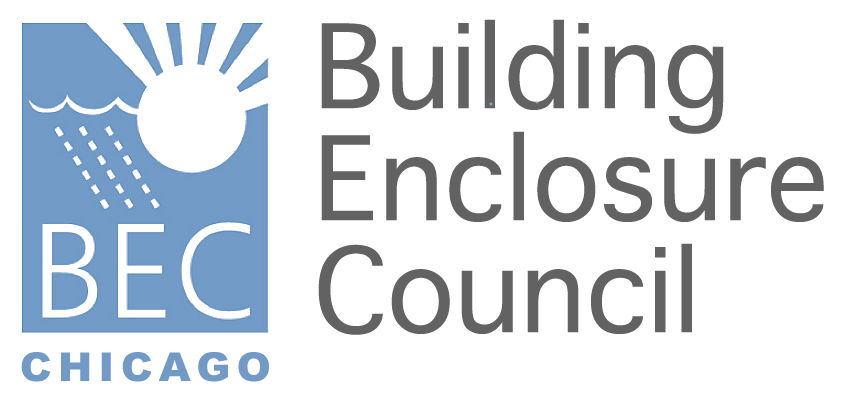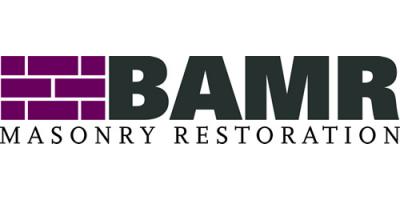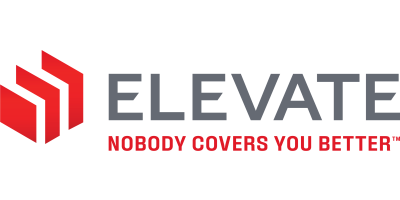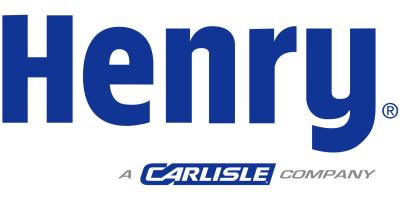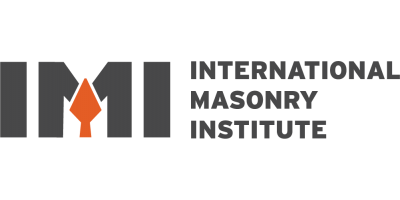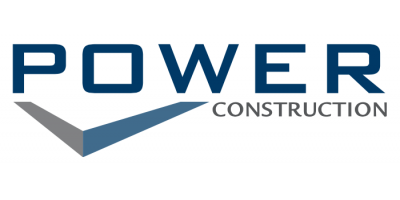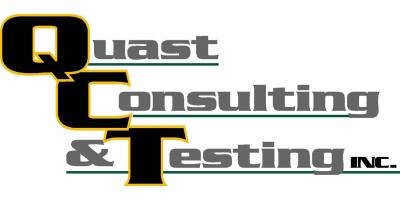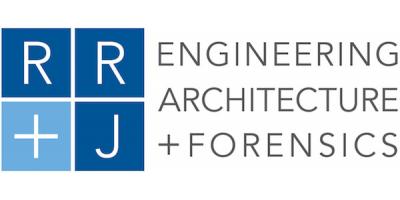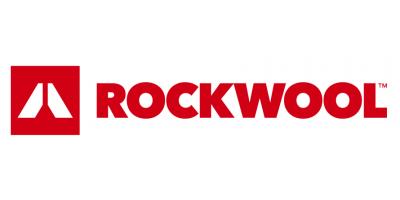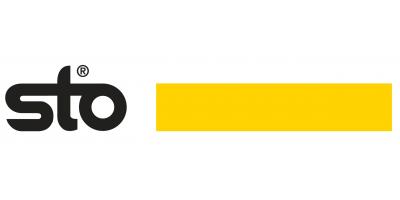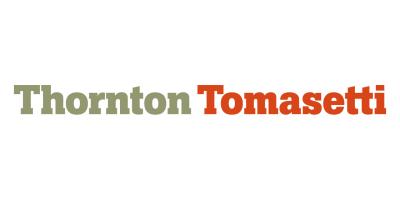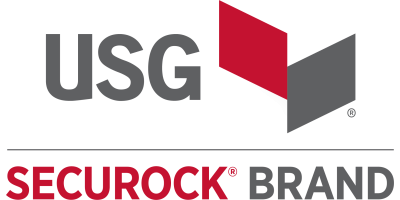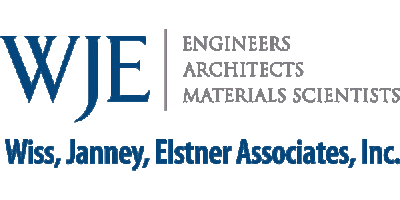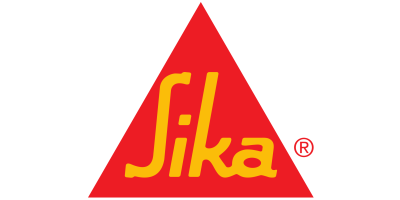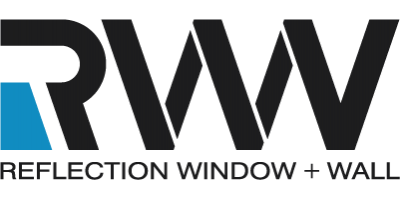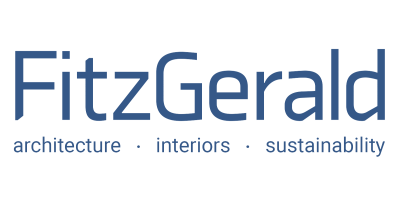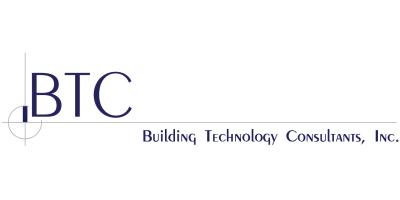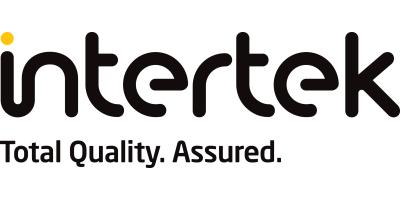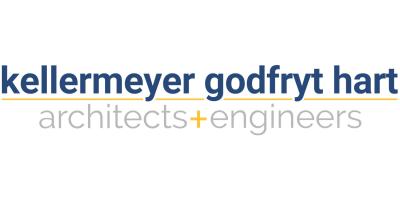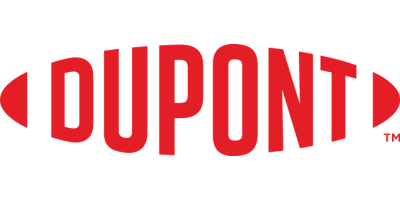| Location | Gensler Office, 11 E. Madison, 3rd Floor, Chicago |
ABSTRACT: The Key to Predicting the Effects and Practical Considerations of Thermal Bridging for Building Assemblies Thermal bridging through steel and concrete framing members can have a significant impact on the whole building energy performance. Morrison Hershfield was the principal investigator for ASHRAE Research Project 1365 - Thermal Performance of Building Envelope Details for Mid- and High-Rise Buildings. Morrison Hershfield developed a methodology and catalogue to provide designers with a tool that was quick and straightforward to use while allowing them to predict thermal performance of building assemblies with high degree of accuracy. Modeling heat transfer was done using a three-dimensional finite element analysis heat transfer software. Results were calibrated and benchmarked against measured public-domain thermal performance data and deterministic analytical solutions. Simulated results were verified through measured thermal performance for both steady-state and transient conditions. The presentation will focus on how to accurately account for thermal bridging, evaluate relative impacts on building envelope thermal performance and consider design implications. LEARNING OBJECTIVES: 1.Understand how to use the published catalogue from the ASHRAE research project to accurately account for thermal bridging 2. Understand how to evaluate relative impacts of thermal bridges to target improvement in design 3. Application of above principles and practical considerations to allow alternative path to achieve sustainable building energy target 4.Review of future implications associated with research such as possible incorporation into existing standards PRESENTER BIO: Dave André, P.Eng., LEED Green Associate is a project manager / building science consultant at Morrison Hershfield. MH is a multi-disciplinary engineering consulting firm providing services across Canada and the United States. Dave holds a Bachelor of Applied Science in Civil Engineering from the University of Toronto and is a licensed professional engineer in Canada. Dave has over eight years of experience in building science ranging from failure investigation and rehabilitation for existing buildings and design assistance and field review for new construction. CREDIT: 1 LU / SD hour REGISTRATION: For BEC members email will be sent out approximately 1 week in advance requiring an RSVP. For non-BEC members interested in attending email jdiqui@stocorp.com
